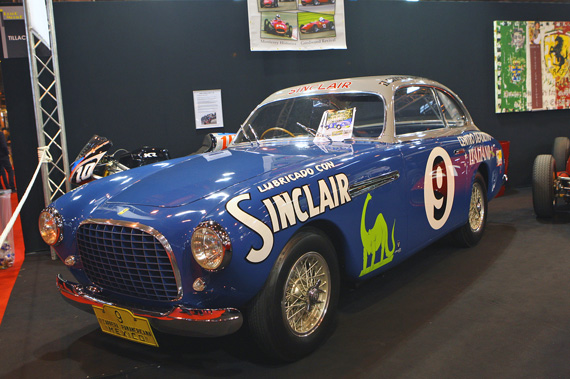
Editor’s Choice: Sold new to former Italian hillclimb champion Franco Cornaccia of Scuderia Guastala in Milan, this 1951 212 Export Berlinetta by Vignale was entered in that year’s Carrera Panamericana II where Alberto Ascari and Luigi Villoresi won second place overall. Then 0161EL was sold to Santiago Ontanon, owner of Industrias 1-2-3. Driven by Paco Ibarra and Vincent Solar, this handsome little Ferrari Berlinetta finished the 1952 Carrera 7th in class and 24th overall.
Story and Photos by Jonathan Sharp
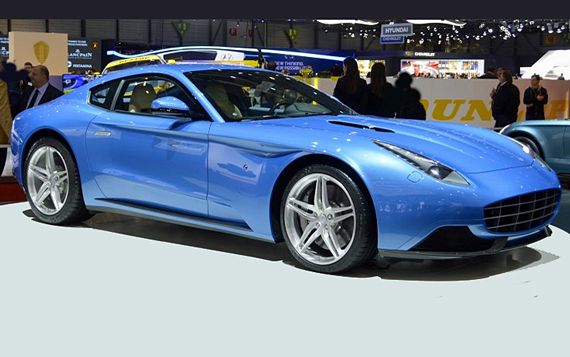
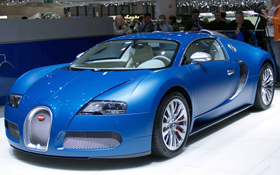
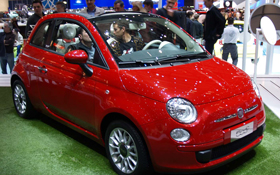
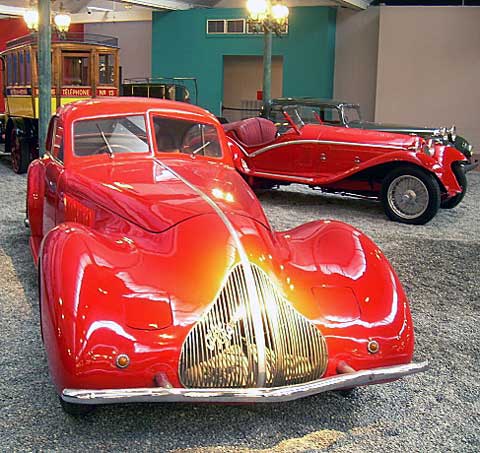 1936 Alfa 2.9A Coupe, S/N 412004 began life with a ‘botticello’ body (meaning cask or barrel-like), and won the 1936 Mille Miglia. In 1939 it was rebodied as a striking convertible by Pininfarina, and after the war converted into a coupe by a coachbuilder named Martin.
1936 Alfa 2.9A Coupe, S/N 412004 began life with a ‘botticello’ body (meaning cask or barrel-like), and won the 1936 Mille Miglia. In 1939 it was rebodied as a striking convertible by Pininfarina, and after the war converted into a coupe by a coachbuilder named Martin.